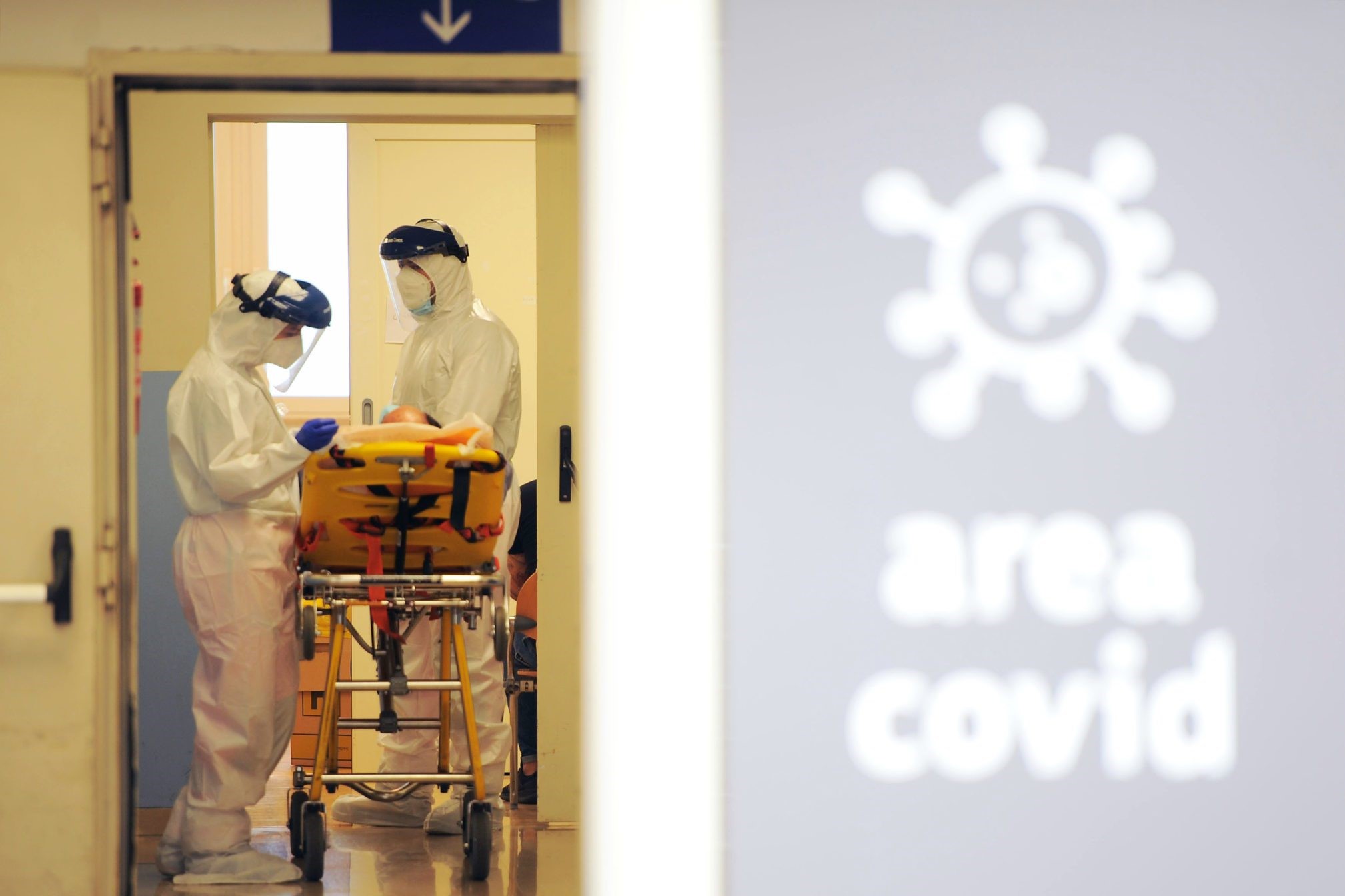
Covid, a tale of two years of pandemic through words
Two years of Covid: ‘lockdown’ and ‘pandemic’ were among the first terms to dominate our conversations
Two years: it was 9 March 2020 and the press conference of the then Italian Prime Minister Giuseppe Conte marked the boundary between a before and an after Covid
A boundary that imposed profound and lasting changes on millions of people, in habits, limitations and even language on the whole of Europe and subsequently the whole world.
From a small Italian town, Codogno, the spread of the coronavirus began, and nothing would ever be the same.
Covid, two years of viruses: the first two words to dominate our conversations were ‘lockdown’ and ‘pandemic’
With the first, we discovered how much the boundaries of our everyday lives can shrink, and with the second, how easily an invisible organism can cross the borders of entire continents.
We soon discovered the use of ‘personal protective equipment’ (PPE): ‘masks’ (how and why to wear them, how long they keep their protective capacity, the difference between surgical and Ffp2) and ‘sanitising gels’ being the most common and widespread.
We have become accustomed to the constant updates contained in the ‘DPCM – Decrees of the President of the Council of Ministers’ and we have been anxiously awaiting the reading of the daily ‘bulletin’ that reported the data on the trend of the ‘curve’ of ‘infections’, admissions, deaths, and ‘swabs’ carried out.
The spread of the virus throughout the country has imposed the need for ‘tracing’, in an attempt to know the chain of ‘contacts’ that held together the contagions of a ‘cluster’, an ‘area’, a city or a region.
In the space of a few months, we have become experts in distinguishing a ‘molecular’ from an ‘antigenic’ or ‘rapid’ swab, in keeping an eye on the possible ‘symptoms’ of Covid-19 disease, and in getting to know ‘virologists’, ‘epidemiologists’ and the CTS, the Scientific Technical Committee.
In these two years of Covid, we have gone from aperitifs to gatherings
In order to avoid ‘gatherings’, schools were closed and the lives of 8 million students and their families were disrupted, in terms of rhythms and needs, by the ‘dad’, distance learning, while the infected experienced ‘isolation’ and ‘quarantine’.
Distancing’ then became the protagonist when, at the first, timid ‘reopenings’, it was necessary to avoid close contact, even between family members.
It was the end of hugs, handshakes, and visits to the elderly housed in the ‘RSAs’, sadly the protagonists of the chronicles of so many deaths.
After a year of pandemic, towards the spring of 2021, the scene was taken by ‘vaccines’, with all the hopes, fears and controversies they have brought with them.
New words such as ‘greenpass’ and ‘no-vax’ have sprung up around them.
In the meantime, the AIFA (Italian Medicines Agency), the EMA (European Medicines Agency) and the US FDA (Food and Drug Administration) have become key players in the debate on the authorisations needed to launch the ‘vaccination campaign’.
Observing the course of contagions, doctors and researchers have discovered the presence of ‘variants’, after the ‘alpha’ came the ‘delta’ and then the ‘omicron’. In the event of an infection, we asked ourselves how high the ‘viral load’ was and used ‘sequencing’ tests to find out which variant was taken.
Exactly two years after the first lockdown and the declaration of a pandemic, we are now all waiting for the WHO to announce that we are out of it.
Read Also:
Emergency Live Even More…Live: Download The New Free App Of Your Newspaper For IOS And Android
Omicron Variant: What Is It And What Are The Symptoms Of The Infection?
What Heart And Stroke Patients Need To Know About COVID-19 In 2022
Russia, Doctors Detect Mucormycosis In Covid-19 Patients: What Causes The Fungal Infection?


